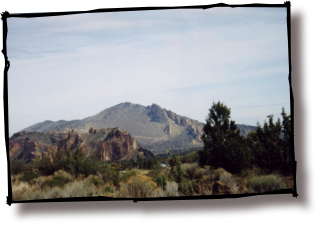

Nostoc are known for their unusual ability to lie dormant for long periods of time and abruptly recover metabolic activity when re-hydrated with water. The bacteria's ability to withstand freezing and thawing cycles make them well adapted to living in extreme environments, such as the Arctic and Antarctica and almost anywhere else in the world.

Their largest and most significant adaptation has to be that they were the first organisms to be able to perform oxygenic photosynthesis, many also take part in nitrogen fixation. 

In 1988 a terrestrial species of Nostoc, Nostoc commune, was found to harbor a previously unidentified UV-A/B pigment. This protective pigment has enabled them to survive in low water environments, but also in areas of extreme UV radiation as well.

